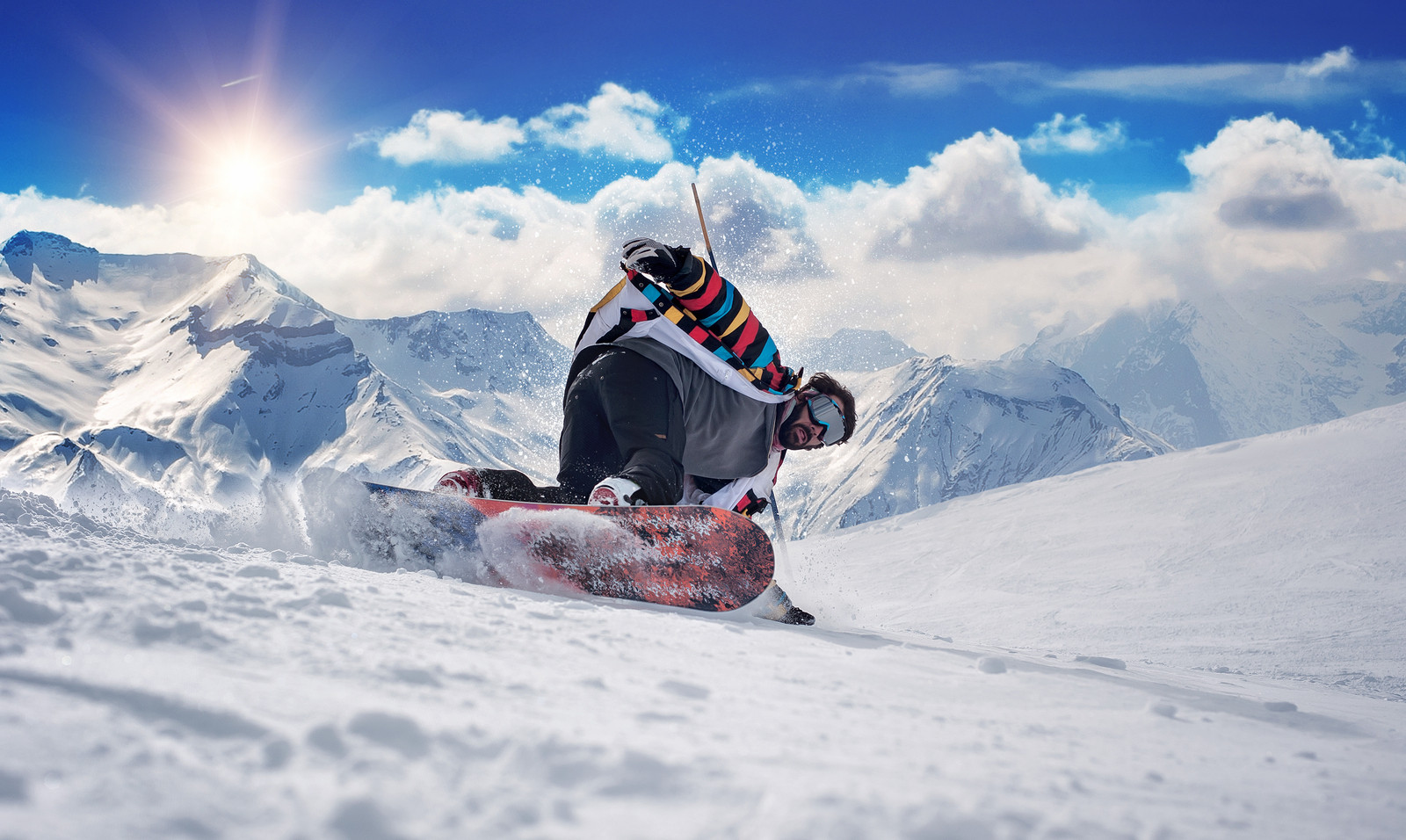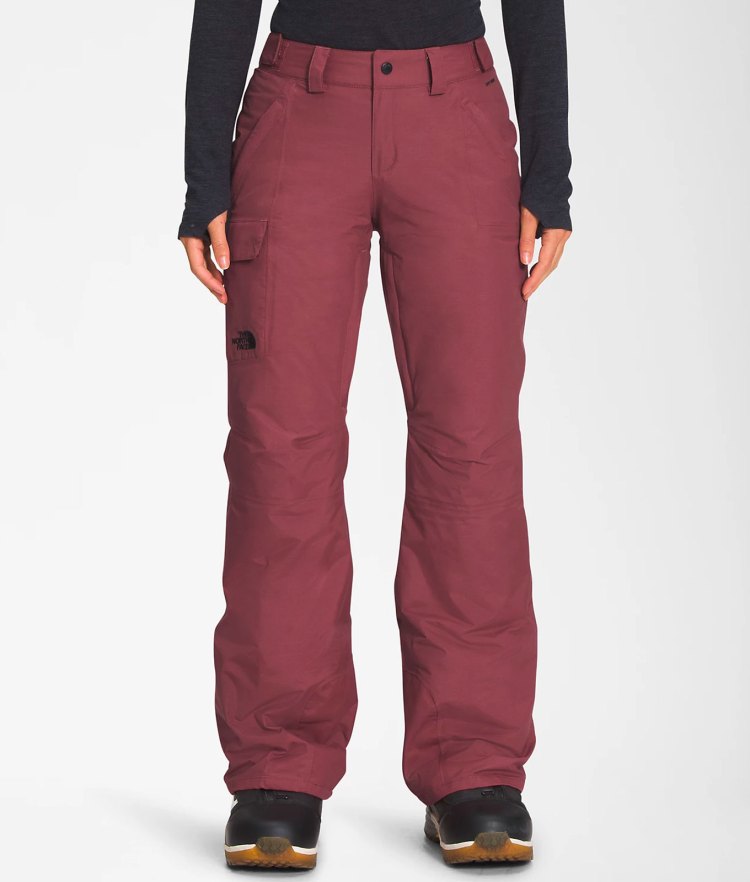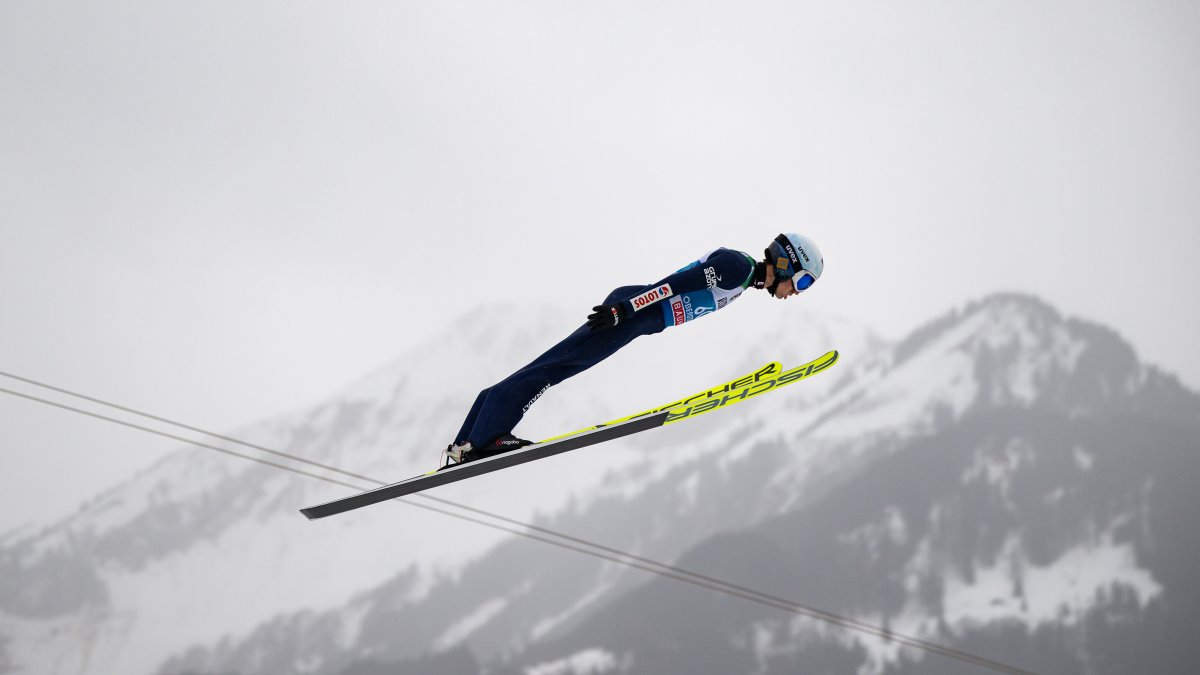
Alpine skiing refers to the sport of sliding down snow-covered hills with skis equipped with fixed-heel bindings. This winter sport is very popular and can be found all over the globe, provided there is adequate infrastructure to support ski lifts.
Speed skiing
Alpine skiing is the art of teaching skiers how to ski down snow-covered mountains as quickly as possible. The sport is considered time trial and is part of the Winter Olympics. These Olympics are held every 4 years since 1936.
The Olympics will feature five alpine skiing disciplines, including downhill, super-G, giant slalom and combined. Each discipline features different events, and medals are awarded to the winners of each event.
Downhill
This is one of the most well-known and simple alpine skiing disciplines. Participants must ski down a course at the fastest speed possible. The fastest competitors are declared the winners.

Slalom
Slalom ranks second among alpine skiing disciplines. This race involves competitors passing through 'gates,' which are plastic poles that are placed at particular points along a course. The gates are positioned closely together and require quick changes of direction. Slalom competitions often involve two runs on a single course with eliminations determined by the times of each run.
Giant slalom
The largest and most technical of the alpine skiing disciplines, Giant slalom involves passing through a series of gates, some of which are closer together than in Slalom. This discipline is more difficult to win than Slalom, and requires greater skier control.
Super-G
Super-G, the third speed discipline in alpine ski racing, is where competitors race down slalom course while also having to navigate gates and make precise turns. The winner is the skier who makes the fastest time across all three courses.
Combiniert
The sixth and final of the alpine skiing disciplines, combined is a race where competitors ski down both slalom and giant slalom courses in the same time frame. The gold medal goes to athlete with fastest overall time.
Grass skiing
The skier can use bindings to attach the bindings to his or her boots, which is different from Nordic and cross-country skiers. This can be done on groomed trails, or in the backcountry.

Telemark
Telemark, which is a form ski turning, was created in Norway. It differs from Nordic and cross-country skiing. It requires more control, reflexes and coordination than Nordic or cross country skiing.
It is an FIS sanctioned discipline. Its name comes from the telemark area of Norway, where it was first invented in 1850 by Sondre Nordheim, a Norwegian skier. He patented new curved skis and heel bands that made it easier to make sharp turns while skied downhill.
Alpine skiing is a fun winter sport that has been integrated into the Olympics for many, many years. The first men's and women's races took place at the 1936 Garmisch-Partenkirchen Games, with a combined downhill and slalom event. The first giant slalom and super-G races were added in 1952 and 1988, respectively. The newest addition to the Olympics is the mixed team parallel slalom.
FAQ
How do I prepare for vacation?
You need to eat and exercise regularly to maintain a healthy lifestyle while on vacation.
It is also important to get enough sleep and keep hydrated before you go.
You should ensure you have all necessary travel documents and medication ready for when you go.
If you are planning on taking any medication while you travel, make sure you have enough to last you until you return to your home country.
Last but not least, make sure you have a spare set of clothes in case something happens.
Do you ever worry about forgetting something when you travel?
Yes, I often forget stuff. This is especially true when I am on a short vacation. But I have everything with I, so I never run low.
For example, I always have my passport with me. I also make sure to have enough money for any purchase of tickets.
I also always have my phone charger with me. To store any other items, I keep them in a small bag.
What size luggage should I carry?
The length and type of trip will dictate how much luggage to take. If you are traveling by plane, you only need hand baggage, usually less than 20kg. If you're traveling by bus or train, you'll need more space.
A form will be provided to you when you arrive at the airport with information about your flight. This will include information like the weight of your bag and whether you need assistance in checking them in.
This should be checked before you leave home. If you don’t check it, you might end up waiting hours for everyone else to do so.
Traveling light is the best option, because you never really know what could happen. You won't be able to use your bag if it gets lost.
Statistics
- You can use compression sacs or cubes to reduce the volume of your clothes by up to 80%—this is especially convenient for bulky items such as sweaters and jackets. (eaglecreek.com)
- According to Maori legends, this park holds 14 fjords that were all carved by a giant stonemason with an adze. (busytourist.com)
- Alcoholic beverages with more than 24% but not more than 70% alcohol are limited in checked bags to 5 liters (1.3 gallons) per passenger and must be in unopened retail packaging. (tsa.gov)
- No Checked Bags: No Alcoholic beverages with more than 70% alcohol (over 140 proof), including grain alcohol and 151 proof rum. (tsa.gov)
- Pack sweaters, jackets, and underwear in reusable compression bags creating up to 75% more space in your luggage. (wikihow.com)
External Links
How To
How to have a weekend getaway
A weekend away can be a time to relax, reflect, and have fun. It's a place to relax, unwind, recharge and disconnect.
This is also an opportunity to reflect on what matters to you and how your weekends are spent. You might find yourself reflecting on the benefits of working in a position that allows you to travel if you are lucky enough.
However, no matter your reason for taking time off from work, you should plan plenty of activities.
You'll likely want to relax on your own while enjoying the company of friends and family back home. But it's also important to keep active.
It doesn't matter if you are looking to see local sights, go hiking or camping or simply relax on the roads, there is plenty to do.
You should also allow yourself plenty of time to relax and recover after each activity. It's easy for you to get burnt out if you keep pushing yourself. Plan ahead, and make sure you allow for downtime.
You'll be able to relax again once you have landed safely. Soon, you will be eager to return on the ground.
Do not let yourself get behind. It is important to set aside time each day for email and project catch-up.
You will be able to stay connected and not feel overwhelmed. Plus, you won't miss out on any opportunities to grow your business.
Never be afraid to ask someone for help. There may come the point where you feel stuck and unsure of what to do next.
Contact a friend or colleague if you need help. Keep in mind that, no matter how busy your life is, there's always time for a quick chat to loved ones.